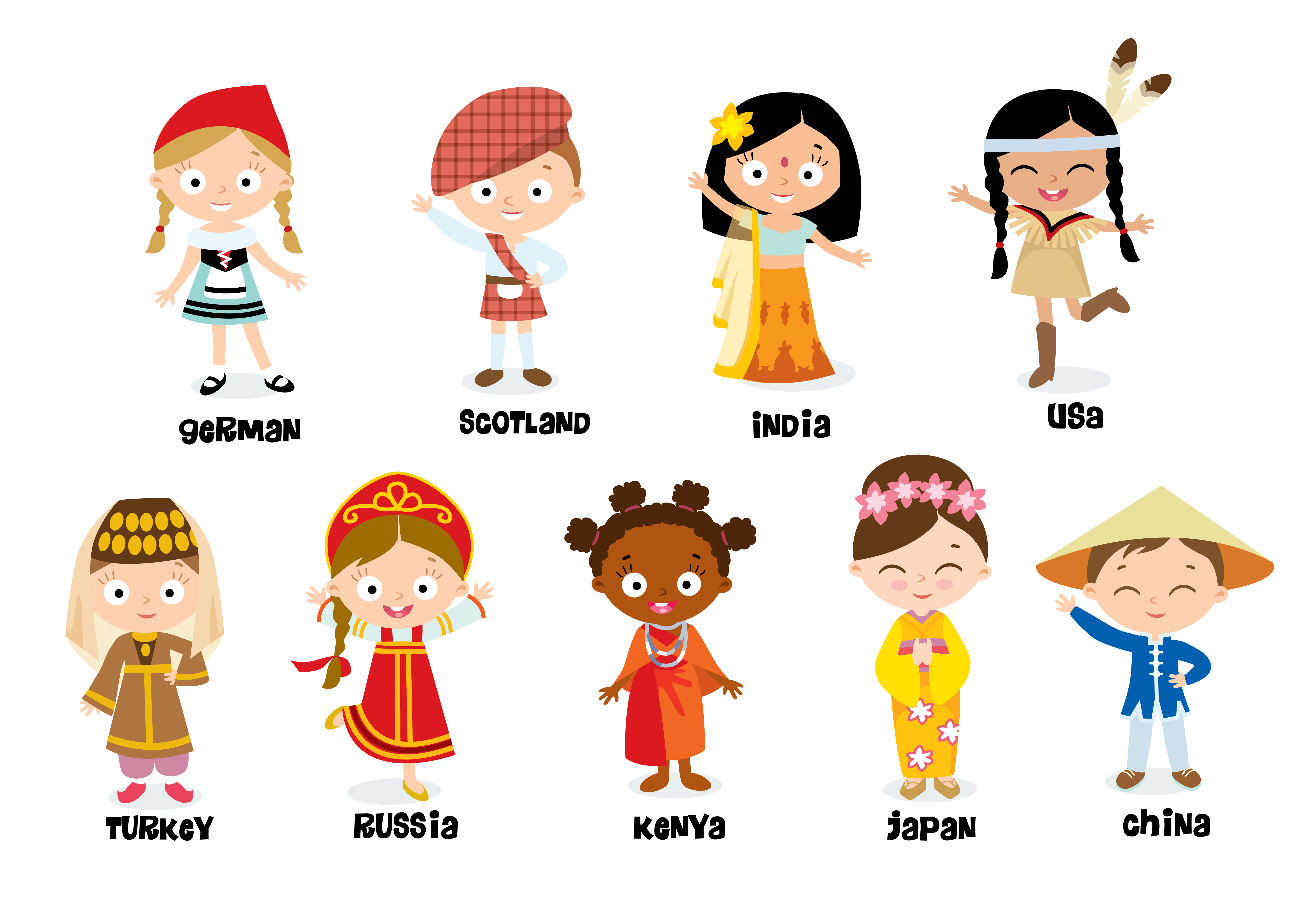Understanding division Worksheets for 8-Year-Olds
8 filtered results
-
From - To
Explore our "Understanding Division Worksheets for 8-Year-Olds" at Kids Academy! Designed to make division accessible and enjoyable, our worksheets introduce young learners to the basics of dividing numbers. With engaging puzzles and illustrations, children will master critical concepts such as equal grouping and sharing. These printable worksheets are perfect for reinforcing classroom learning and building confidence at home. Ideal for third graders, our resources ensure a solid foundation in mathematics through a variety of fun and challenging activities. Equip your child with the skills for success by incorporating our expertly crafted division worksheets into their daily routine.
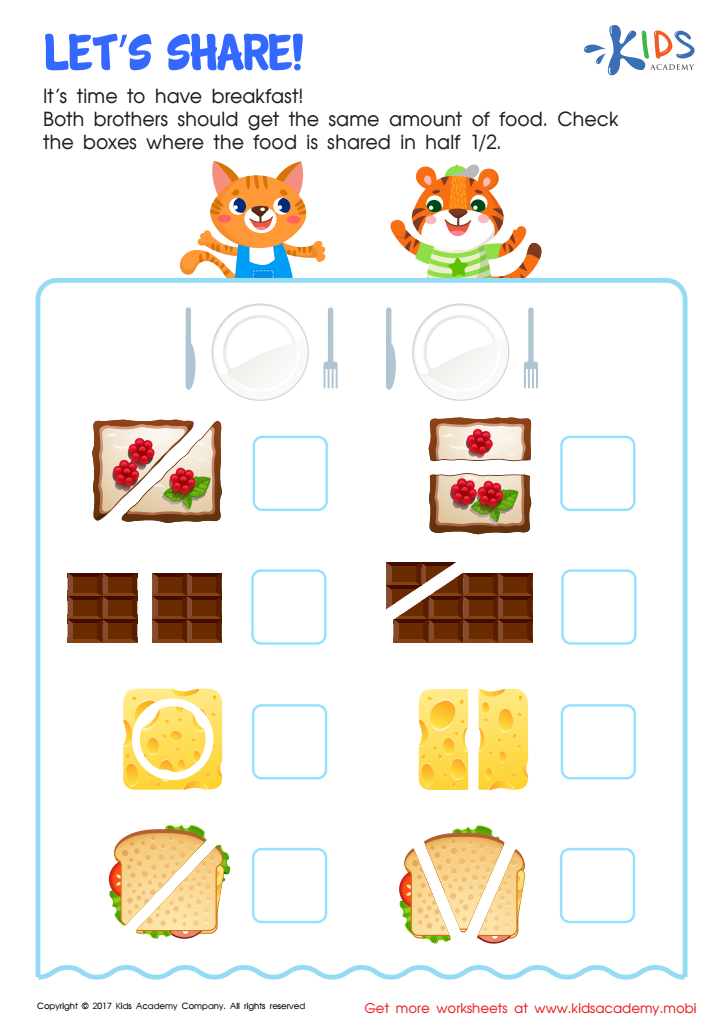

Let's Share Worksheet
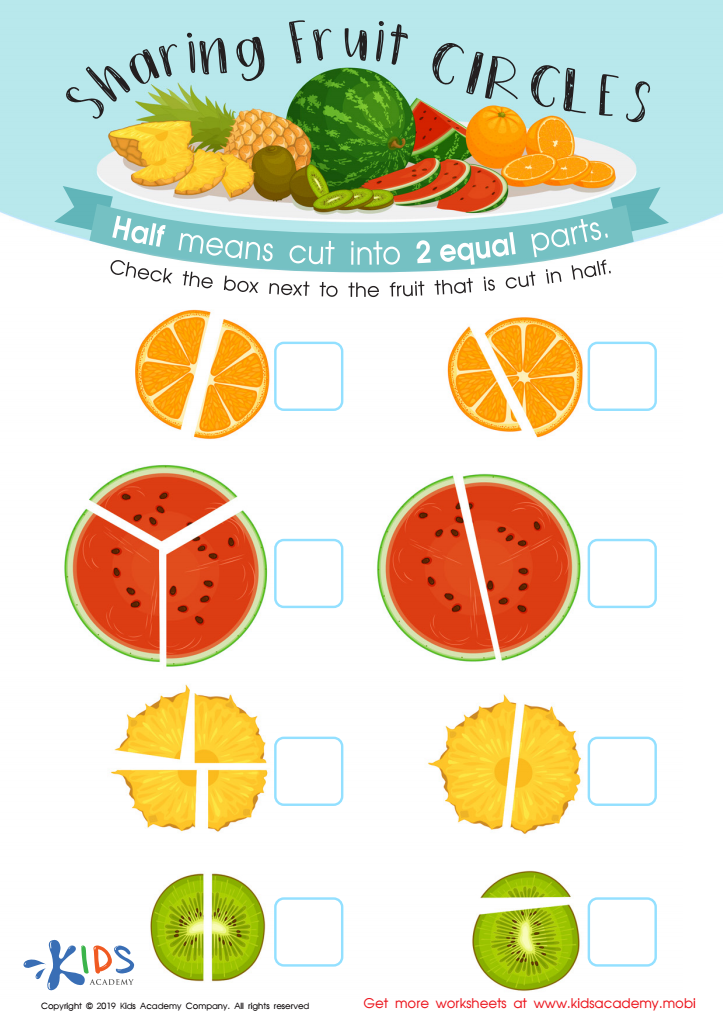

Sharing Fruit Circles Worksheet
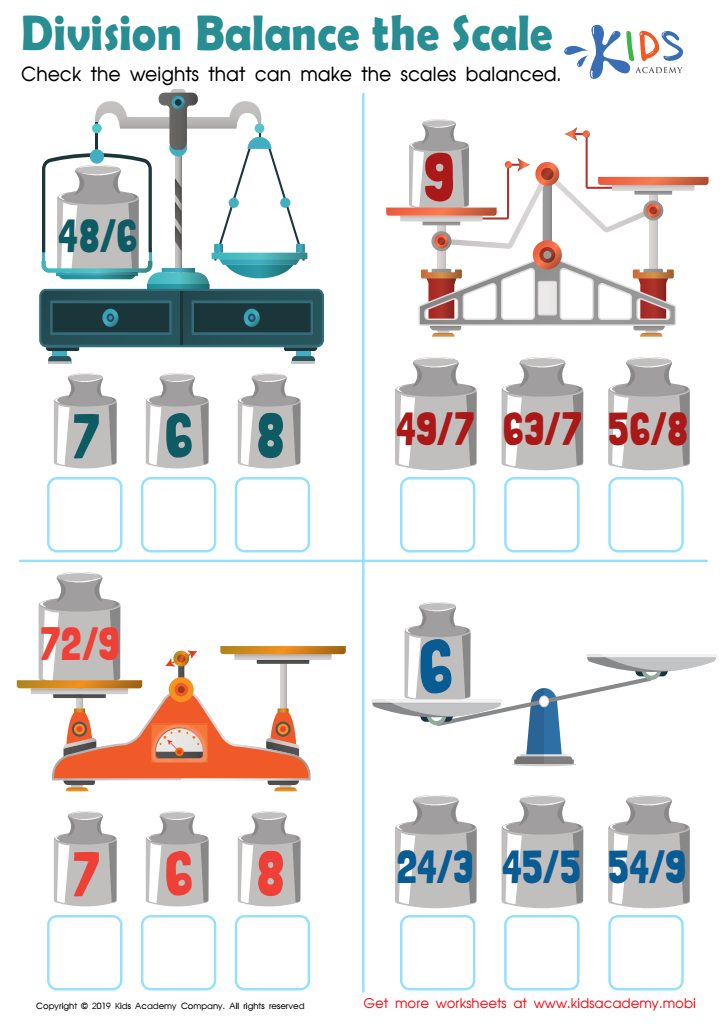

Division Balance the Scale Worksheet
Understanding division is crucial for 8-year-olds because it forms a foundational building block for more complex mathematical concepts. By grasping division early, children develop critical thinking skills, such as problem-solving and logical reasoning. These skills are not just limited to mathematics; they extend to other subjects and real-life situations that require a methodical approach.
For parents and teachers, fostering an understanding of division in young learners helps boost their confidence and academic self-esteem. When children master such fundamental concepts, they're more likely to tackle challenging problems without fear, thereby fostering a positive attitude toward learning.
In practical terms, division is used in everyday life—from sharing snacks equally among friends to understanding how many weeks are left until a holiday when looking at a monthly calendar. Equipping children with this knowledge early on makes them better prepared for future academic pursuits, such as fractions, percentages, and even algebra.
Moreover, early proficiency in division can stimulate an interest in STEM (Science, Technology, Engineering, and Mathematics) fields, potentially opening doors to future careers in these areas. Therefore, emphasis on teaching division doesn’t just support academic growth; it also provides lifelong benefits that extend far beyond the walls of a classroom.
 Assign to My Students
Assign to My Students
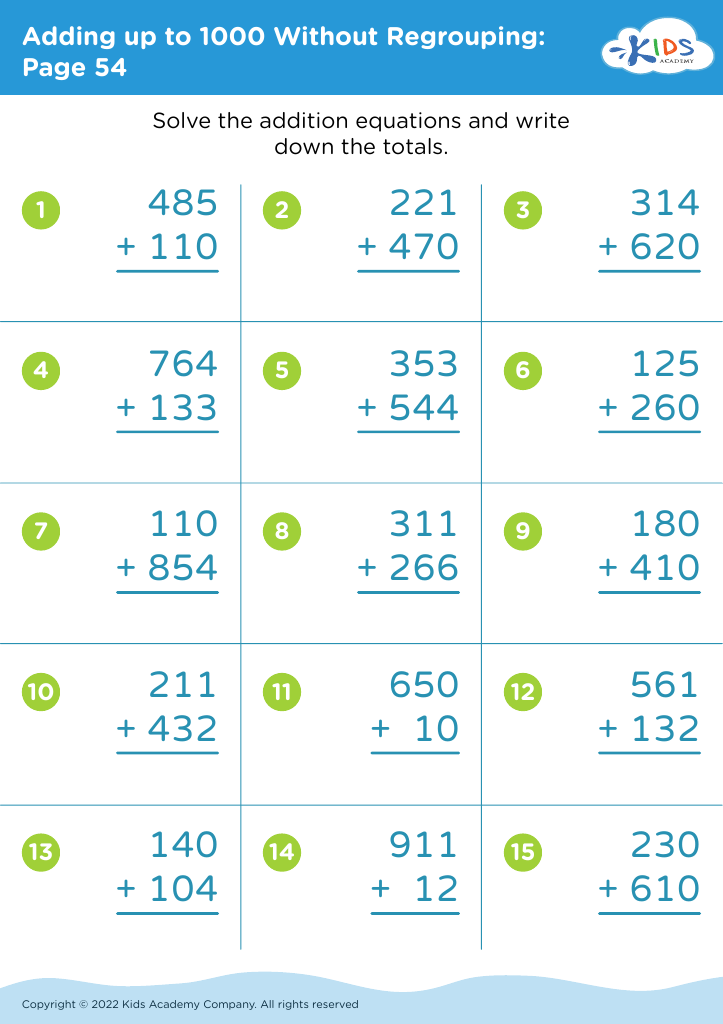
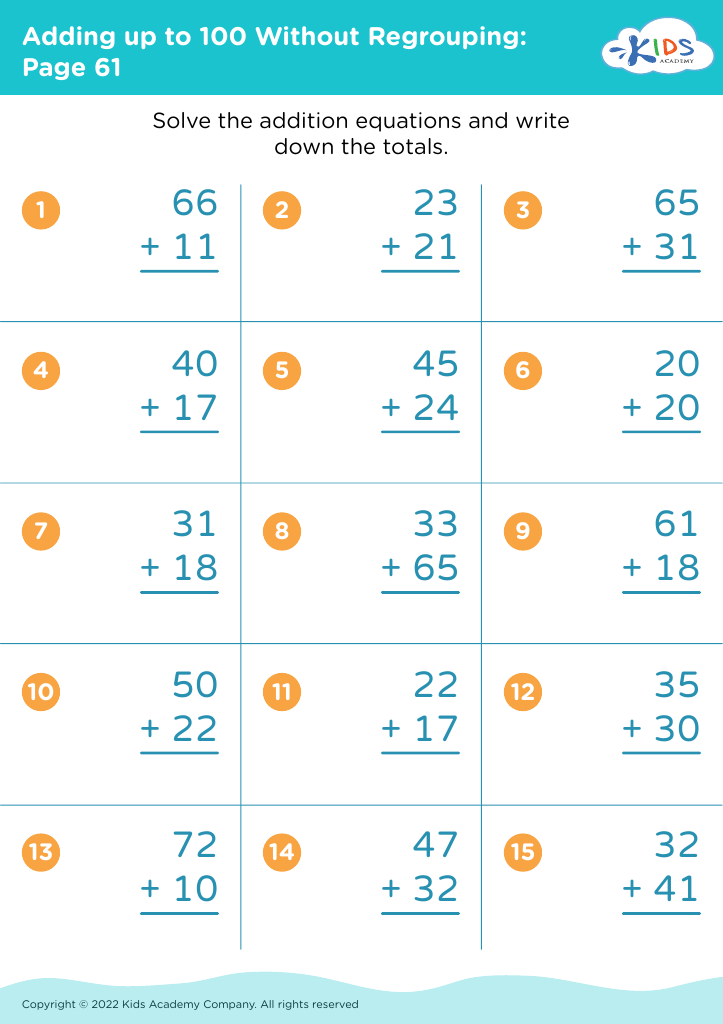

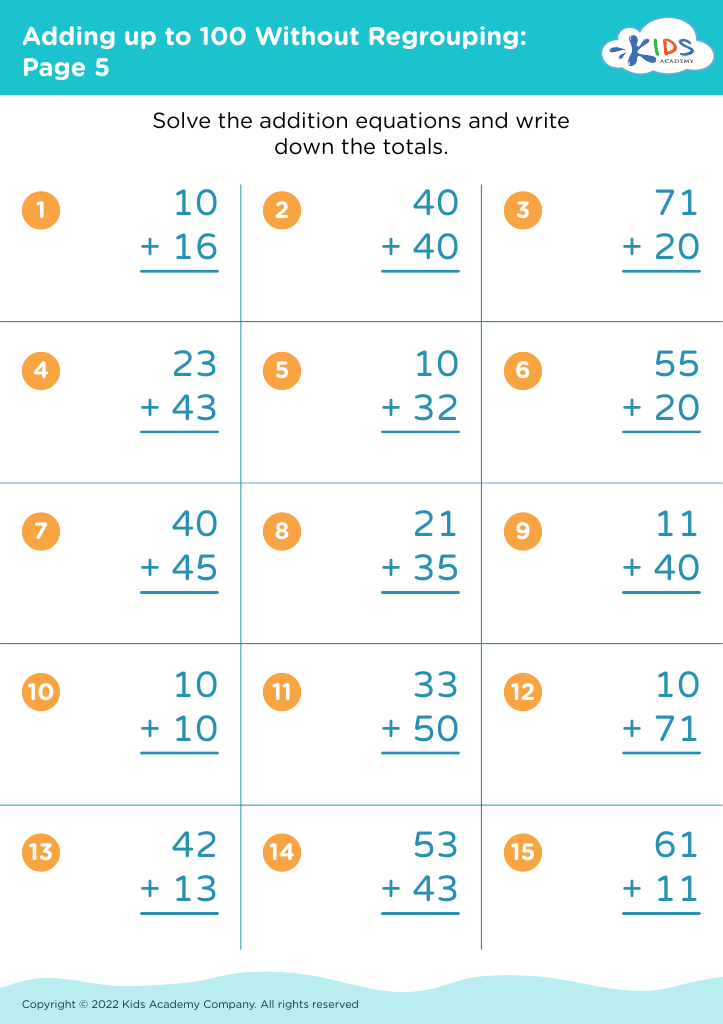
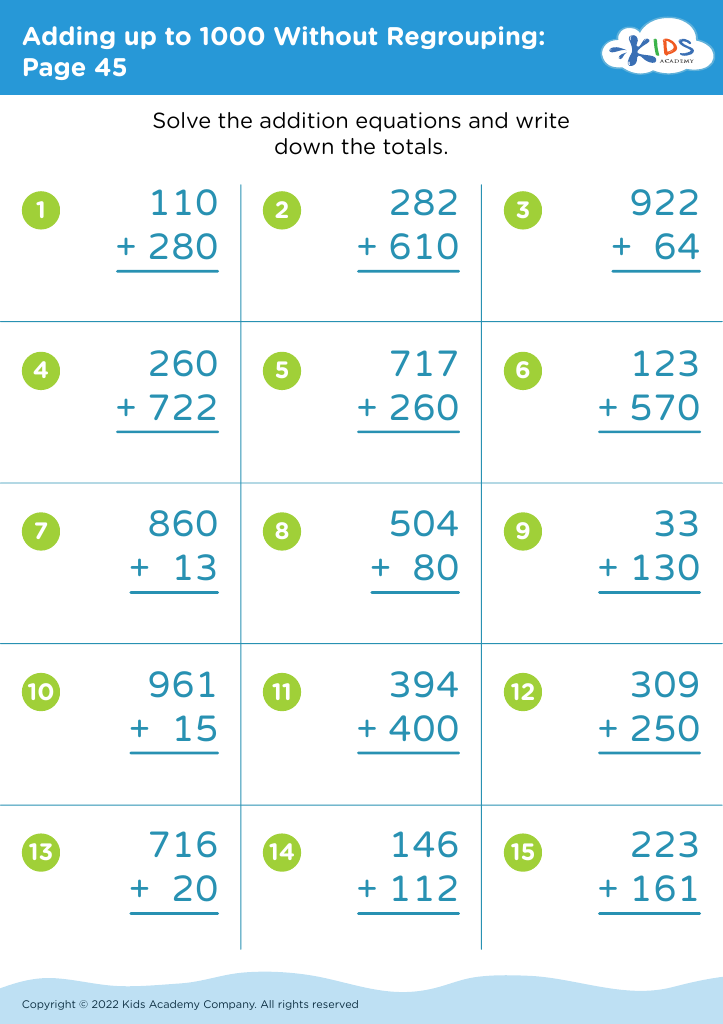


.jpg)
